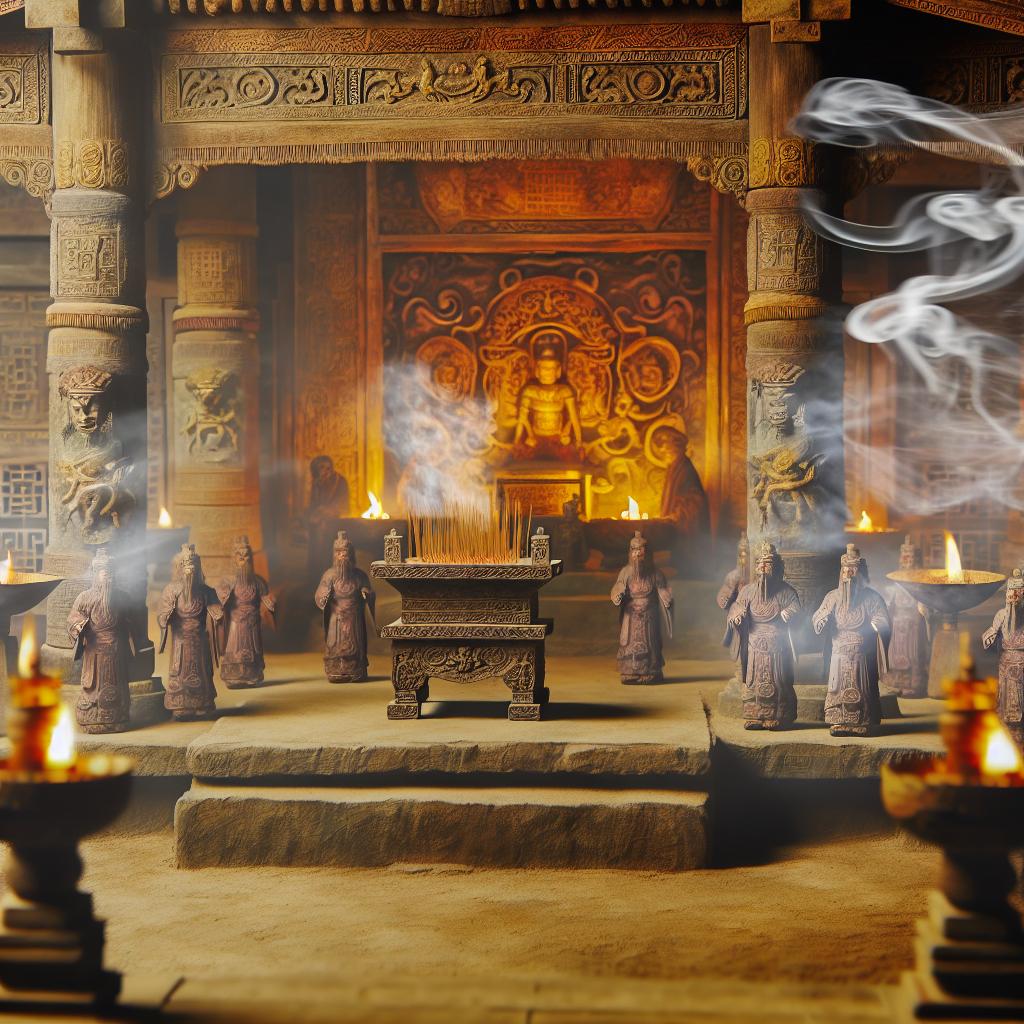Introduction to Bay Laurel
The bay laurel, scientifically known as Laurus nobilis, is a small evergreen tree native to the Mediterranean region. This plant is widely recognized for its aromatic leaves and holds significant historical and cultural importance. Although the leaves of the bay laurel have found a place in culinary uses, the plant is famously known for its role in ancient rituals and prophecies, particularly those associated with the Oracle of Delphi.
Cultural and Historical Significance
Bay laurel’s contribution to cultural and historical narratives cannot be overstated. Its enduring legacy has been shaped significantly by its role in ancient traditions and mythology.
In Greek mythology, the bay laurel’s association with prophecy and the divine originates from a compelling tale. According to legend, the god Apollo was enchanted by the nymph Daphne. Daphne, seeking to escape Apollo’s advances, transformed into a laurel tree. Subsequently, Apollo declared the bay laurel sacred and fashioned its leaves into wreaths that were bestowed upon victors in both athletic and poetic competitions. This tradition of laurel wreaths influenced a tapestry of cultures, establishing bay laurel as an emblem of victory, honor, and status. The reverence for this tradition is still evident in the language today; terms such as “resting on one’s laurels” signify reliance on past achievements.
The Oracle of Delphi
The connection between bay laurel and prophecy is profoundly highlighted in its use by the Oracle of Delphi. The Oracle, known as Pythia, was the high priestess of the Temple of Apollo at Delphi, one of the most important religious sites in the ancient Greek world. According to historical records, Pythia engaged in the practice of either chewing bay laurel leaves or inhaling their smoke before dispensing prophecies. This ritual was believed to enhance her capability to communicate with the divine, thus showcasing the bay laurel’s perceived role in facilitating mystical and spiritual experiences. The symbolism of purification and transformation associated with bay laurel contributed to its esteemed status in various sacred and prophetic traditions.
Properties and Uses
Botanical Characteristics
Bay laurel is notably recognized as an evergreen shrub or tree, which can develop to a height of up to 18 meters under ideal conditions. Its dark green and glossy leaves are both visually striking and olfactorily engaging, emitting a strong, pleasant aroma when crushed. Apart from its aromatic appeal, the bay laurel is highly valued for its resilience, possessing the ability to thrive across a diverse range of environmental conditions. This adaptability has contributed to the widespread cultivation and appreciation of bay laurel beyond its native Mediterranean habitat.
Culinary and Medicinal Uses
The practicality of bay laurel extends vastly beyond its mythological significance. In culinary arts, bay laurel leaves are a staple, offering depth and complexity to a variety of dishes. Whether used fresh or dried, the leaves impart a subtle yet distinctive flavor profile, commonly seen in Mediterranean cuisine. They are often used to enhance soups, stews, sauces, and meat dishes, exemplifying the integral role of bay laurel in traditional cooking practices.
Beyond the kitchen, bay laurel has found a place in the domain of traditional medicine. Historically, it has been utilized to address a spectrum of health concerns, including digestive ailments, respiratory conditions, and skin irritations. Although ongoing scientific research aims to substantiate these health claims, bay laurel continues to be embraced in many natural remedy practices, reflecting an enduring trust in its beneficial properties. Essential oils derived from bay laurel are utilized in aromatherapy, promoting relaxation and well-being, further highlighting its versatility in holistic health approaches.
Conclusion
In conclusion, the legacy of bay laurel as the oracle’s herb of prophecy underscores its significance that reaches far beyond its practical applications. The rich mythological connections and historical utilizations of bay laurel illustrate a profound tapestry of cultural relevance. From its symbolism in ancient rituals to its current-day role in culinary arts and traditional medicine, the bay laurel continues to be revered for its distinctive qualities and contributions across various facets of human civilization. Its story is one of intertwining elegance and resilience, bearing testament to a history rich in cultural and spiritual significance.



